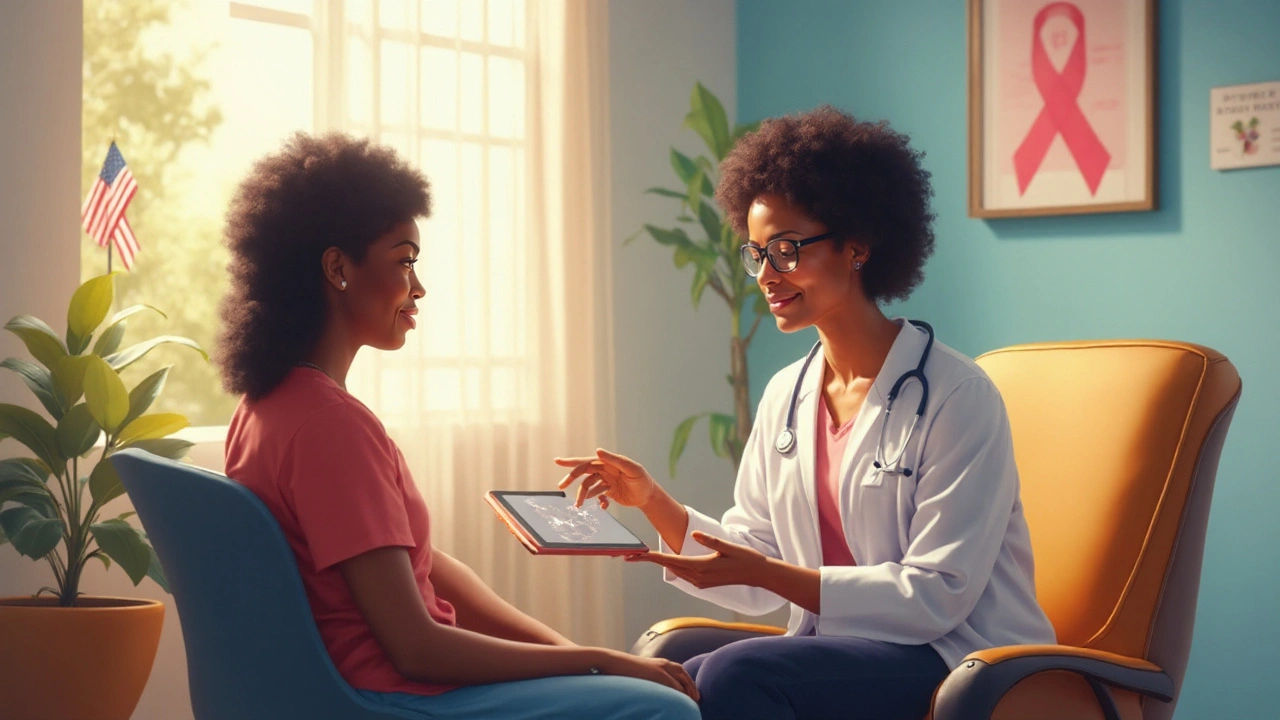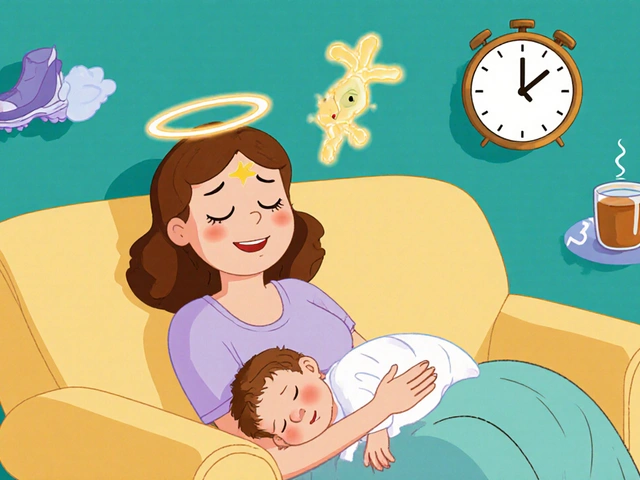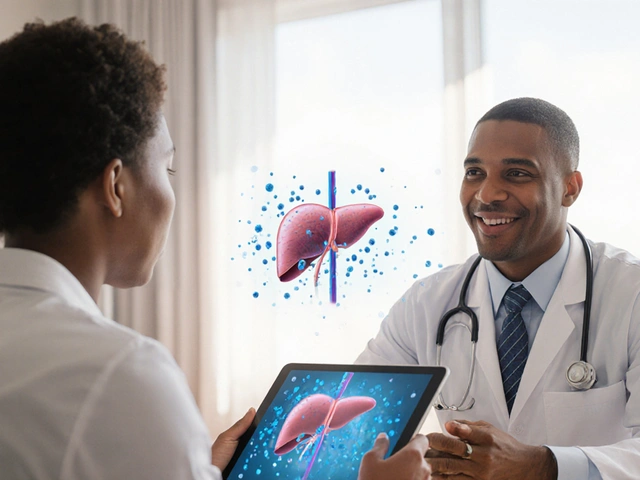Understanding Breast Cancer Risk and How to Reduce It
When you hear the term "breast cancer risk" you might picture a single cause, but the reality is a mix of factors. Age, family history, hormones, and everyday choices all play a part. Knowing which pieces affect you helps you take control and make smarter health moves.
Key Risk Factors You Should Know
Genetics: If a close relative – mother, sister, or daughter – had breast cancer, your odds go up. Certain gene changes like BRCA1 or BRCA2 raise risk even more. Getting a genetic test isn’t necessary for everyone, but it can be a game‑changer if you have a strong family history.
Hormone exposure: Early periods, late menopause, or using combined estrogen‑progestin birth control for many years increase risk. Hormone replacement therapy after menopause also adds to the count. Talk to your doctor about the safest options for managing symptoms.
Lifestyle habits: Alcohol, smoking, and a diet high in saturated fats can push risk higher. Regular exercise and maintaining a healthy weight are proven to cut the odds. Even small changes – swapping sugary drinks for water or walking 30 minutes a day – make a difference.
Practical Steps to Lower Your Risk
First, schedule a mammogram if you’re over 40 or have a strong family history. Early detection catches tumors when they’re easiest to treat. If you’re under 40 but have a genetic concern, discuss MRI screening with your doctor.
Second, look at your alcohol intake. Studies show that limiting drinks to fewer than three per week can lower risk noticeably. If you smoke, quitting is a top priority – not just for breast health but overall wellbeing.
Third, watch your weight. Belly fat produces estrogen, which can fuel certain breast cancers. Aim for a modest, steady weight loss if you’re above the healthy range. Pair this with strength training a few times a week to keep muscle mass up.
Lastly, consider medications that lower risk. Women at high genetic risk sometimes take drugs like tamoxifen or raloxifene, which block estrogen’s effect on breast tissue. These aren’t for everyone, but a doctor can evaluate if they fit your situation.
All these steps add up. You don’t need to overhaul your life overnight – start with one habit, watch the results, and build from there. Knowledge plus action equals a lower breast cancer risk, and that’s something you can feel good about every day.







Categories